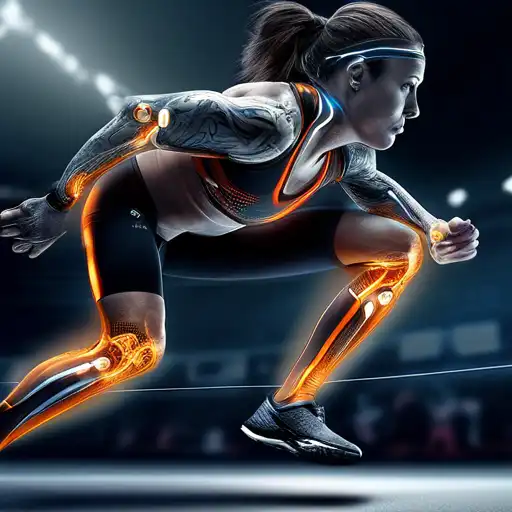Introduction to Wearable Technology in Sports
In the realm of competitive sports and personal fitness, the advent of wearable technology has marked a significant turning point. These innovative devices, designed to be worn on the body, offer athletes and fitness enthusiasts unprecedented insights into their performance, health, and recovery processes. From smartwatches to fitness bands and beyond, wearable tech is revolutionizing how athletes train, compete, and recover.
The Benefits of Wearable Tech for Athletes
Wearable technology provides a multitude of benefits for athletes, including real-time monitoring of heart rate, calories burned, and even hydration levels. These devices can track sleep patterns, offering insights into recovery and readiness for the next training session or competition. By leveraging data analytics, athletes can make informed decisions to enhance their performance and reduce the risk of injury.
Top Wearable Tech Devices for Athletes
- Smartwatches: Devices like the Apple Watch and Garmin Forerunner series offer comprehensive tracking features for a wide range of sports.
- Fitness Bands: Simpler than smartwatches, bands like the Fitbit Charge provide essential fitness tracking at a more affordable price point.
- GPS Sports Watches: Ideal for runners and cyclists, these watches offer detailed metrics on pace, distance, and route navigation.
- Smart Clothing: Embedded with sensors, smart shirts and shorts can monitor muscle activity and provide feedback on form and technique.
How Wearable Tech Enhances Athletic Performance
By providing detailed analytics on every aspect of an athlete's performance, wearable tech enables personalized training programs that cater to the individual's strengths and weaknesses. For example, a runner can adjust their training intensity based on heart rate data to optimize endurance and speed. Similarly, a swimmer can use stroke analysis to improve technique and efficiency in the water.
The Future of Wearable Technology in Sports
The future of wearable tech in sports looks promising, with advancements in AI and machine learning paving the way for even more sophisticated devices. Future innovations may include more accurate injury prediction algorithms and even more seamless integration with other technology, such as virtual reality for immersive training experiences.
Conclusion
Wearable technology is transforming the athletic world, offering tools that were once the stuff of science fiction. As these devices continue to evolve, they will undoubtedly play an even greater role in helping athletes achieve their peak performance. Whether you're a professional athlete or a fitness enthusiast, incorporating wearable tech into your training regimen can provide the edge you need to succeed.
